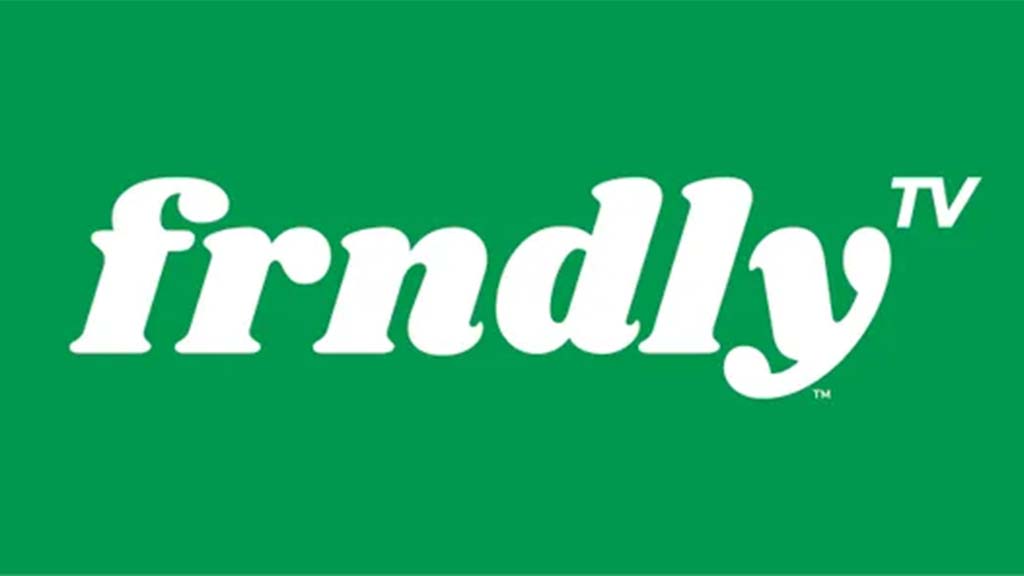New Report: "Broadcast Quality" Is Now Determined by Viewers Not Broadcasters
Delray Beach, Florida, October 9, 2015: At the upcoming SMPTE conference in LA, Josef Marc, Co-founder & CMO of Archimedia Technology, will present a paper that challenges current perception of what the words “broadcast quality” actually mean.
According to Marc, “Broadcast quality” is now being determined by the viewer, not broadcasters. Broadcast quality, which has traditionally been a standard that television engineers have strived to achieve, is being superseded by the choices of consumers in their devices.
In his presentation Marc will recall the mostly-forgotten origins of “broadcast quality.” According to Marc, in the early days of television the advertising community needed a standard for “broadcast quality” so they could be sure their commercials were seen in the best possible light. Standards bodies like SMPTE and NTSC helped define what the viewers would see. Says Marc, “After a TV commercial ran, broadcasters had to send advertisers a record of when an ad ran, as well as TV technical specs that were achieved. If the specs were not ‘broadcast quality,’ the advertiser might not pay.”
But as Marc looks to the present, that model no longer applies. Says Marc, “Consumers don’t care if it’s right, they care how it makes them feel. Advertisers and subscription services will compete to satisfy them. Today smart television sets have powerful controls over what the consumer sees, so ‘broadcast quality’ is now more in the hands of the consumers than broadcasters.” The driver of this change is the growing sophistication of today’s smart TV sets which offer a wide variety of “modes” to shape the viewer’s experience. From the technical view, these modes are complex algorithms combining a variety of visual and aural characteristics, including contrast, brightness, edge enhancements, color range, audio processing, motion blur repair, and even upscaling normal High Definition to Ultra High Definition and High Dynamic Range. Once a consumer engages a mode, a wide variety of technical adjustments takes place that shapes what the consumer experiences.
Says Josef, “When looked at from this point of view, the viewer experience is no longer shaped by a standard that is adhered to at the point of broadcast but by the powerful digital processing within today’s smart TV sets, smart phones, smart tablets, and smart personal computers.
At the end of Marc’s paper he will look into the future. Says Marc, “We’ve reached a point where basic quality is a given, and as we look to the near future, viewers will also be able to opt in for expanded audio and visual experiences including High Dynamic Range (HDR), UHD and 4K, expanding the color gamut, and even a “Director’s Look” to complement a Director’s Cut version of a movie. Perhaps we’ll choose to watch a 1980’s science fiction classic in its original look but with sound processed by the TV to match next year’s latest object-oriented theatrical type sound system just because we can.”
Modes and enhanced viewing experiences will become more and more important. The term “broadcast quality” has moved from the hands of the broadcaster to the hands of the consumer.
If you are going to the SMPTE conference, you will not want to miss Josef Marc’s paper. It will make you think!
Get the TV Tech Newsletter
The professional video industry's #1 source for news, trends and product and tech information. Sign up below.
